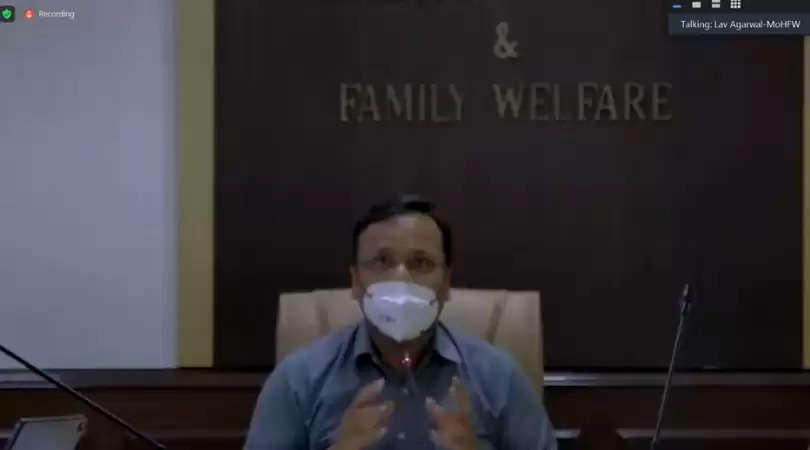Second wave is not yet over Northeast; don't let your guard down, says Health Ministry
Around 80 per cent of the new cases in India was reported from 90 districts, out of which 14 are from North-Eastern states, said Lav Agarwal, the Joint Secretary, Union Health Ministry.

The second COVID wave is far from over for the Northeast, and while the positivity rate across the country has shown a decline, the trajectory in the region, however, shows a different picture.
Around 80 per cent of the new cases in India was reported from 90 districts, out of which 14 are from North-Eastern states, said Lav Agarwal, the Joint Secretary, Union Health Ministry.
This was informed during a capacity building workshop for Media Professionals and Health Correspondents of North Eastern States, organised by the Union Ministry of Health and Family Welfare in partnership with UNICEF, on Thursday.
Highlighting specific challenges linked to the North Eastern States, Agarwal said the topography of the region is one of the major hurdles.
“Because it is a mountainous region, there are problems like connectivity which is why mobilising people’s opinion can help in managing the situation,” he added.
He maintained that even though the region is geographically dispersed, community ownership of COVID Appropriate Behaviour can go a long way in containing the spread of the virus and in preparing the states for the third wave.
Highlighting India’s COVID-19 management strategy, he said that there are three important components of the fight against COVID i.e Community ownership of COVID Appropriate Behaviour, Evidence-Based Reporting and Busting Myths on COVID and vaccination.
The Government of India has supported North Eastern States by following a proactive, pre-emptive, graded approach for fighting the COVID pandemic, Agarwal added.
He also stressed the need to manage cutting edge logistics, down to the local level, as far as vaccination is concerned to avoid wastage.
Talking about COVID infection in children between the age group – 0 to 10 years and 10 to 20 years, the health official said the percentage of infected children is similar in the first and second wave.
“Most of the infected children are mild and asymptomatic. There are limited cases of seriousness due to prevailing illnesses,” he said.
Furthermore, he said that the government of India has already intimated to the state governments to create additional infrastructure, focusing on children while creating a buffer stock of medicines to fight the third wave.
Acknowledging the media as an important stakeholder in creating an enabling environment for vaccination by busting myths, fears and apprehensions surrounding COVID vaccination, Agarwal added that more than 36.48 crore vaccine doses have been administered in the country to date.
He urged media persons to create a Jan Andolan (Public Movement) by applauding community warriors as role- models.
Besides various reasons for vaccine hesitancy, which may be local and could vary for different community groups, the workshop highlighted Adverse Event Following Immunization (AEFI), its management, and the best practices while reporting on AEFI. Various queries of the media persons were also addressed during the workshop.
(Edited Ibankyntiew Mawrie)
ALSO READ: High COVID positivity rate in Meghalaya worries Centre; Health Secy shoots letter to CS
TNT-The Northeast Today is now on WhatsApp. CLICK HERE to receive more updates on your phone.

















